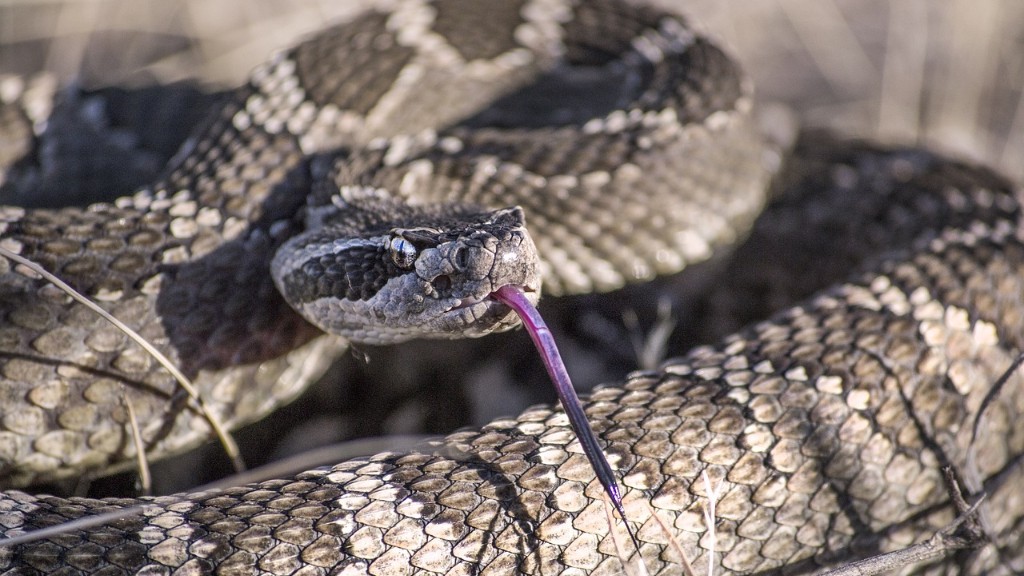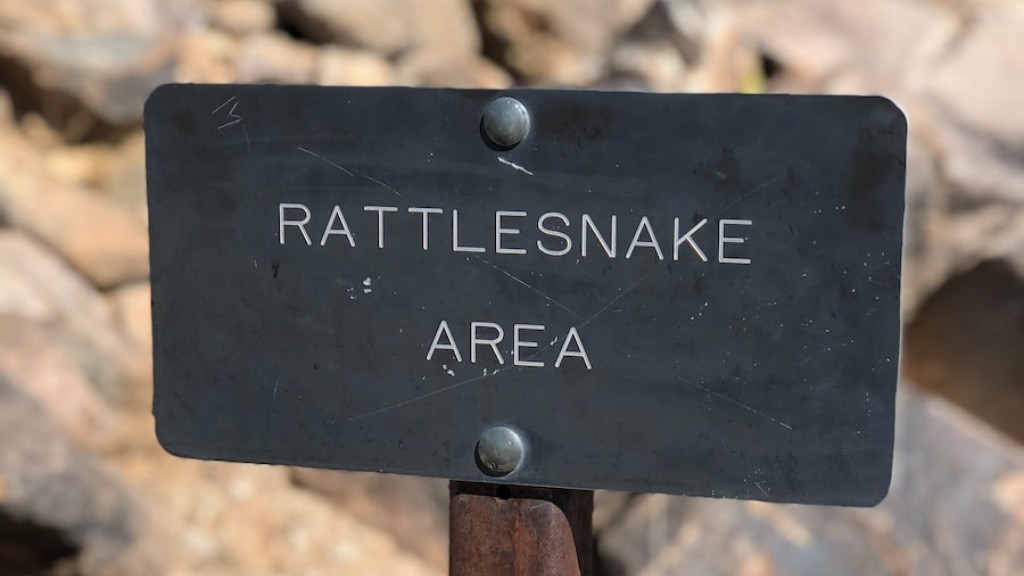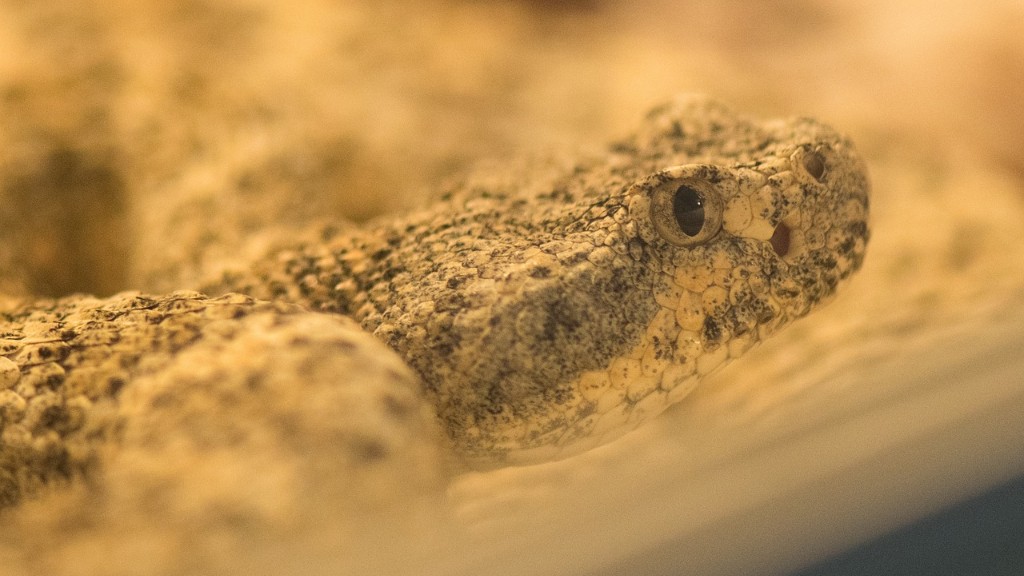Can a Cockroach Sound Like a Rattlesnake?
Introduction
Understanding the world of animal communication has always fascinated researchers across various fields. Many species are known to produce sounds to communicate with their own kind or interact with the environment. In this article, we explore the intriguing question of whether a seemingly innocuous insect, the cockroach, can actually produce a sound that resembles that of a rattlesnake.
Cockroach Communication
Cockroaches, while not traditionally thought of as vocal creatures, do possess the ability to produce sounds. These sounds are typically inaudible to the human ear due to their high frequency, but technological advancements have allowed researchers to detect and analyze these acoustic signals.
Through careful observation and experiments, scientists have discovered that cockroaches produce sounds by rubbing their wings together or against other body parts. This process, known as stridulation, involves the creation of frictional forces that generate vibrations, ultimately resulting in the emission of sound waves.
While the primary purpose of cockroach sound production is not entirely understood, it is generally believed to serve as a means of communication. Cockroaches may use sound to communicate with potential mates, defend their territory, or relay information about food sources to their fellow roaches. However, it is important to note that these sounds are typically short and lack the complexity associated with the rattlesnake’s distinctive rattle.
Rattlesnake Communication
Rattlesnakes, on the other hand, are well-known for their unique rattling sound, which serves as a warning signal to potential threats. This sound is produced by the rapid vibration of specialized segments on the snake’s tail, which contain loosely interlocking keratinous segments.
The rattle of a rattlesnake is a complex sound consisting of a series of rapid, sharp noises. This sound is believed to mimic the sound of a rattling insect, which may cause potential predators to instinctively avoid the snake. The auditory display produced by rattlesnakes is a remarkable example of how a simple physical structure can result in a highly effective means of communication.
Comparing Cockroach and Rattlesnake Sounds
While both cockroaches and rattlesnakes are capable of producing sounds, the similarity between the sounds they produce is highly debatable. Cockroach sounds, as previously mentioned, are generally high-pitched and lack the complexity associated with the rattlesnake’s rattle.
Despite this, it is understandable why some individuals may mistake the sound of a disturbed cockroach for that of a rattlesnake. Cockroaches are agile insects and can move quickly, often creating a rustling sound that, when combined with their reputation for being pests, may provoke a sense of fear or danger reminiscent of the rattlesnake’s warning rattle.
However, it is important to approach such observations with scientific scrutiny. Anecdotal evidence alone is not sufficient to confirm that a cockroach can sound like a rattlesnake. To definitively determine the similarities or differences in the sounds produced by these two creatures, rigorous scientific experiments and analysis are required.
Conclusion
While the possibility of a cockroach sounding like a rattlesnake may capture the imagination, it is essential to approach this topic with scientific objectivity. Cockroaches, while capable of producing sounds through stridulation, do not possess the intricate structures or rich complexity associated with the rattlesnake’s distinctive rattle. To definitively determine the similarities or differences in the sounds produced by cockroaches and rattlesnakes, further research is necessary.


